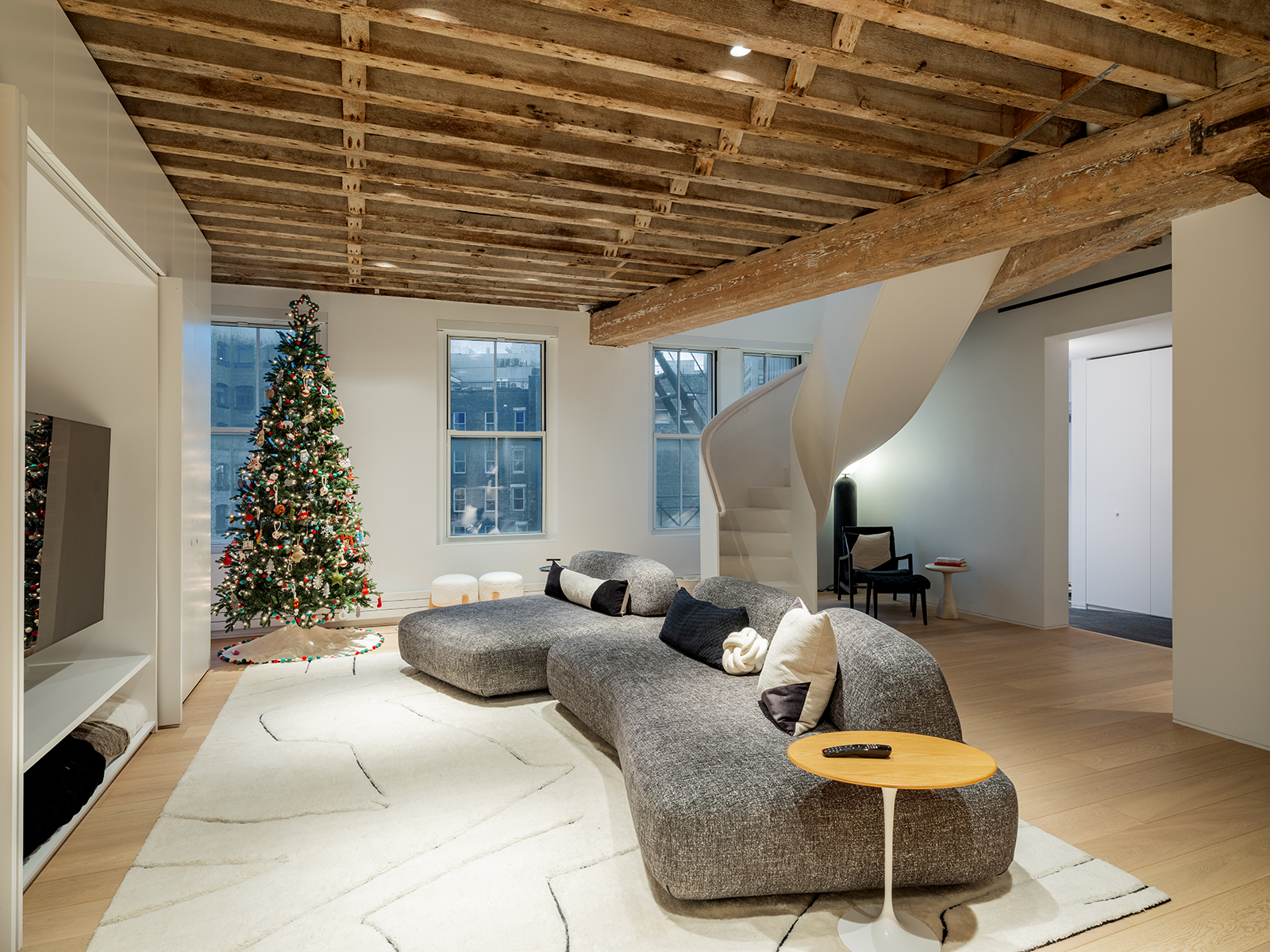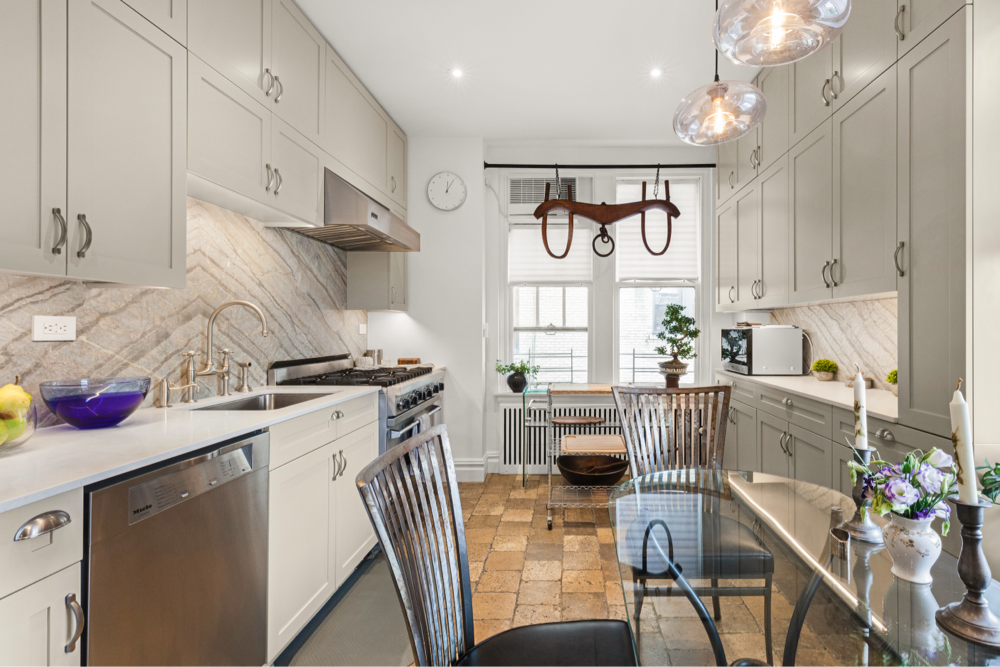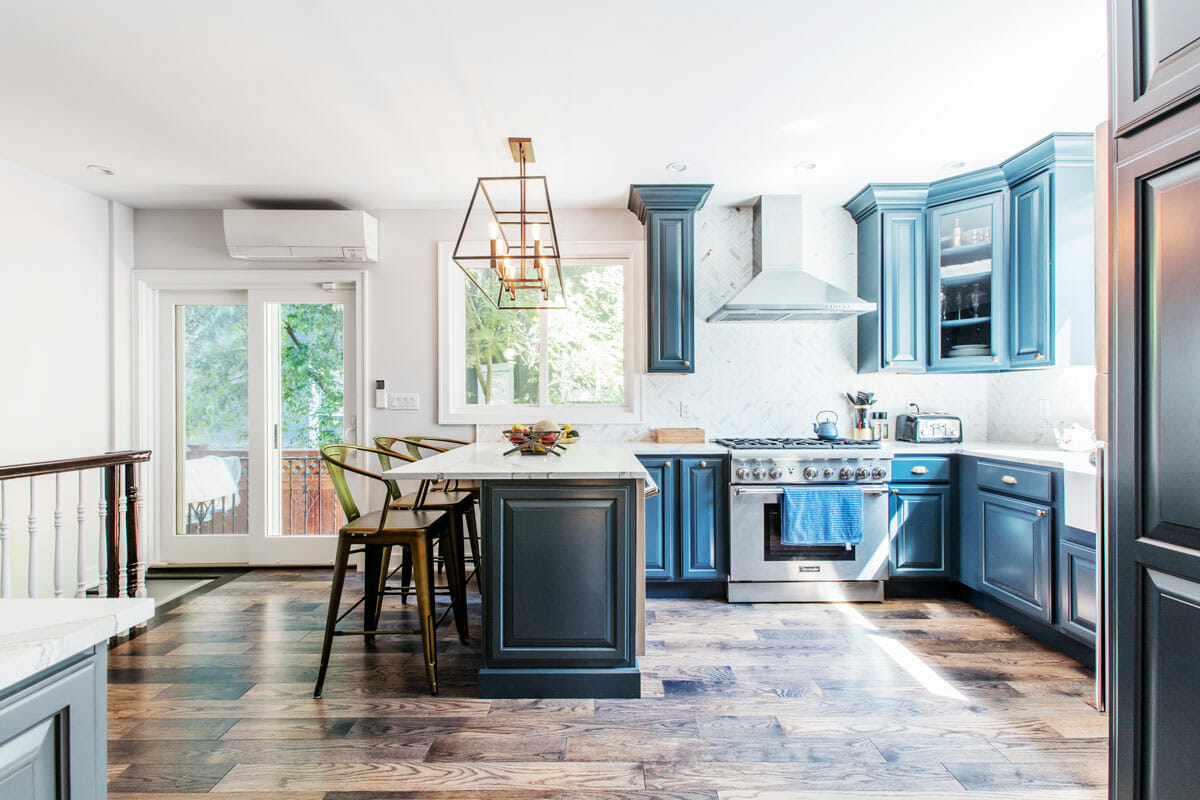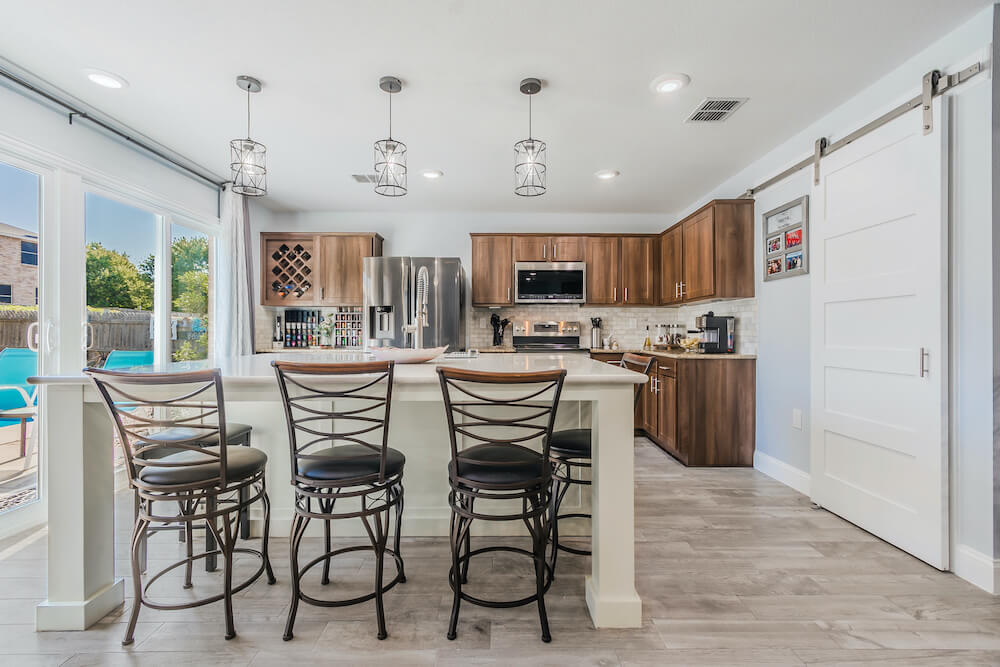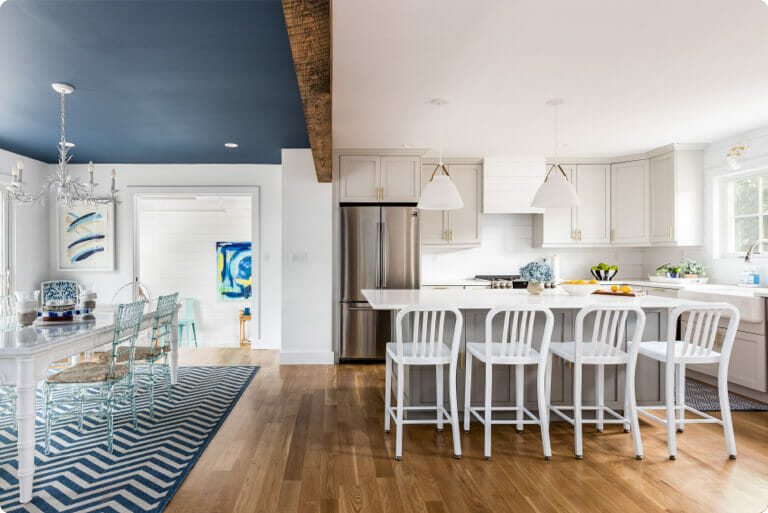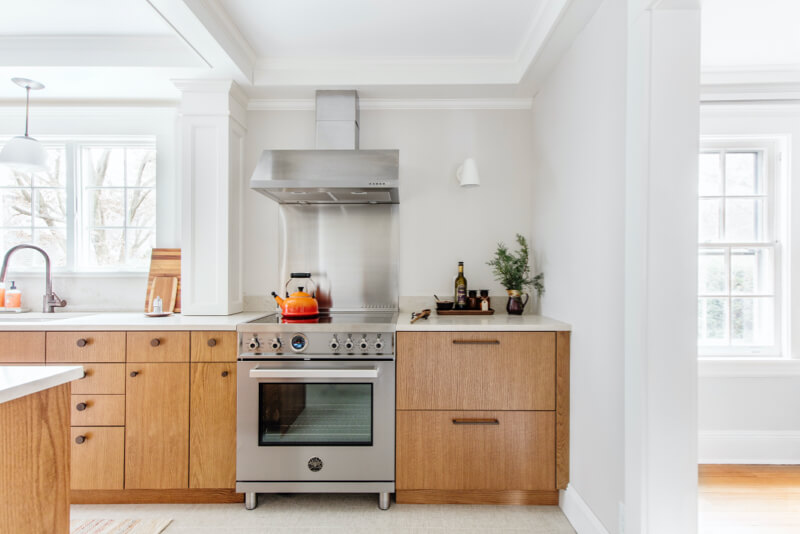Ventless Fireplaces: Chimney Not Needed
No flue? No problem. With easy-to-install options, any home can have a fireplace
When you hear the word “home,” a vision of family and friends gathered around a fireplace invariably pops up. It is, perhaps besides the kitchen table, the most iconic image of this favorite sanctuary.
If you crave the warmth and comfort of a fireplace for your house but currently are without one, take heart. If you are not ready to knock down a wall and install a chimney, here’s a solution: the ventless fireplace. Sweeten, a free service matching homeowners with vetted general contractors, gives an overview of the different types to prepare you for working with your contractor to find the best solution.
Why go ventless?
Ventless options are a popular way to go in spaces that presently have no fireplace because they are easy to install over or inside an existing wall, or stand-alone. You can forgo the major construction and have a fireplace in a day, in most instances. If yours is a new house, it’s a matter of deciding where you want the unit to go, which is just about anywhere there’s room for the box.
Besides location, consider operation. Because they need no wood to burn and there is no smoke to move out, ventless fireplaces don’t require the time-consuming building and tending of a fire, not to mention the continuous placement of wood, the removal of its sooty remains, and regular cleaning of the chimney flue. Another benefit: All the heat that is generated stays in the house. A traditional fireplace, while beautiful, sends most of its heat up and out the chimney.
You can convert an existing fireplace with a chimney to a ventless fireplace by means of a fireplace insert. An insert is a fireproof box surrounded by steel or cast iron and fronted by insulated glass or a metal screen. The steel or cast iron helps to trap the heat and protect surrounding surfaces. Some inserts include a blower to push hot air back into the room through front vents.
Before settling on the type you want, take a thoughtful look at the space in which you want to introduce the fireplace. Consider, too, who will use it and how often. Talk to your contractor before making a decision, as he or she can advise as to what is safely possible to alter or add. While ventless fireplaces are simple to install, you want a certified licensed contractor to do the job safely and reliably. Currently, ventless fireplaces are not available in all 50 U.S. States; California and Massachusetts don’t allow them.
What is a ventless fireplace?
A ventless fireplace is a freestanding unit that generates heat through the burning of fuel, without requiring a chimney or flue to exhaust combustion air to the outdoors. The heat comes from a burned fuel supply, such as gas or propane, or a gel canister—never wood. Oxygen is drawn from the room for combustion and then vented back into the room as heated air. There is a third option, electric, which gives off far less heat but still creates a pretty simulation of a flame. Sweeten brings homeowners an exceptional renovation experience by personally matching trusted general contractors to your project, while offering expert guidance and support—at no cost to you. Renovate expertly with Sweeten
Operating options with the ventless fireplace
Gas or propane: This version requires the flow of gas or propane, so installation is limited to those areas where a supply line can be installed, most commonly on a wall or within an existing masonry fireplace. This option requires installation by a licensed gas or plumbing contractor.
Gas or propane supplies a “clean” fire; there is no soot or ash as the logs or stones are actually made of a noncombustible material, such as ceramic fiber. Heat generated can go as high as 25,000 BTUs (British Thermal Units), enough to heat a great room. Consult with your contractor to be certain you choose a size that is appropriate for the space into which it will go.
Alcohol-based gel canisters: Here, the fuel is completely self-contained within a canister requiring no pipeline, so placement of the fireplace can go just about anywhere—even the middle of the room if you want. The gel-fueled units ignite with a match and typically burn for two hours before requiring replacement. Heat generated averages about 9,000 BTUs, suitable for a bedroom or like-sized living area, although these units are mostly specified for aesthetics. If you must extinguish the fire before the two hours are up, you will have to dispose of the canister. It should not be reignited later.
Electric: This is the most straightforward ventless fireplace to operate. Electric units need only a 120-volt outlet nearby. Plug in the unit and enjoy the simulated flames. Heat output is less than the other options discussed above, about 4,500 BTUs, but this is a good choice if you are more desirous of looks than heating function.
Design and customization
There are plenty of options to achieve a one-of-a-kind look for a particular room or setting. Manufacturers such as Hearth Cabinet Ventless Fireplaces offer a wide variety of fireproof treatments for the interior finish of the cavity, such as tile in a range of patterns or a metal finish.
Manufacturers also offer a selection for the decorative element that conceals or surrounds the flame, including materials such as fireproof ceramic fiber logs, river stones, or glass chips.
All units come with fireproof glass doors or a steel mesh screen. Manufacturers of ventless fireplaces do not typically supply fireplace surrounds or mantels. Work with a designer and/or contractor to find a ready-made version or have one constructed. Be sure there is sufficient clearance from the heat source so the paint or finish on the surround is not affected when the fire is lit.
Because ventless fireplaces are not dependent on a chimney, you can group multiples for a dramatic effect in a large room.
Maintenance
All of the options above require little maintenance, mainly annual cleaning of the log set and any exposed components. Since a gas leak can be hard to detect, you do want to make sure to install a gas and a carbon monoxide detector in any room where you operate a unit. These detectors should also be checked annually, including battery replacement.
Over the years, some concerns have been raised about indoor air emissions from ventless fireplaces fueled by gas or propane. Products made today must meet the requirements of the National Fire Protection Association for all combustible heating appliances. This means that ventless fireplaces made today must have factory-installed carbon monoxide monitors and oxygen detection safety devices (ODS) to automatically shut off the fireplace if the carbon monoxide level in the room rises above 25 parts per million, and/or the oxygen level falls below 18 percent. (These levels for indoor air quality are suggested by the U.S. Environmental Protection Agency). Be sure to understand all of the product’s safety features before making a decision, and discuss with the contractor who will be installing the unit.
Whether you are looking for an easy-to-maintain heat source for a favorite room in your home, or you just crave the comfort of a flickering flame while relaxing, a ventless fireplace can provide a relatively simple solution that won’t break the bank. And that’s something to get fired up about.
—
Meg and Brett’s wood-burning fireplace adds just the right amount of cozy to their open plan living room.
Sweeten handpicks the best general contractors to match each project’s location, budget, and scope, helping until project completion. Follow the blog for renovation ideas and inspiration and when you’re ready to renovate, start your renovation on Sweeten.

